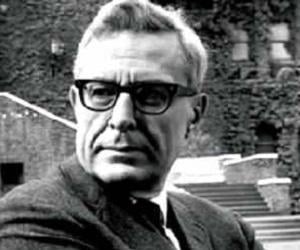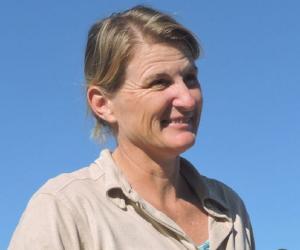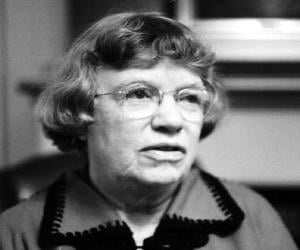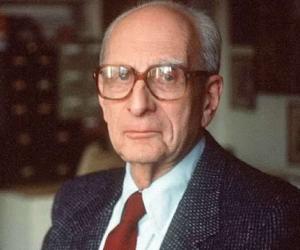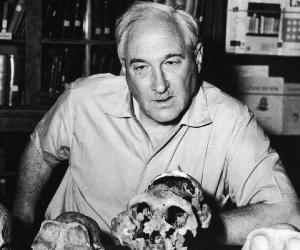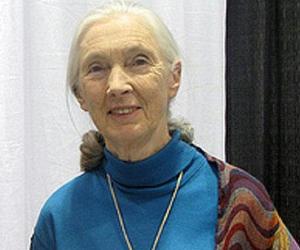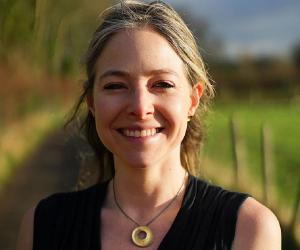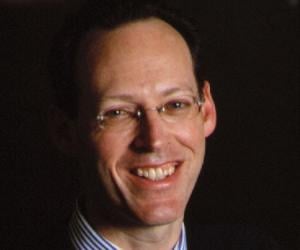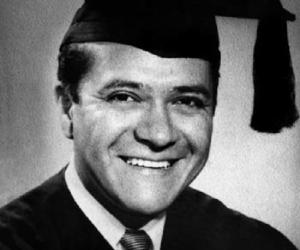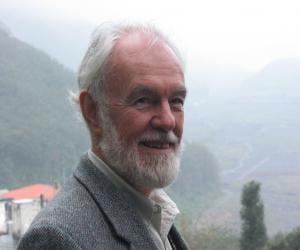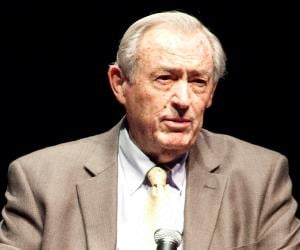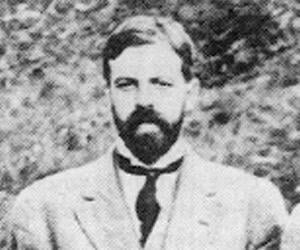One of the most celebrated anthropologists to have ever existed, Margaret Mead is remembered for his research on a broad range of topics, such as sexual conventions in Western society. Of her 23 books, the most talked-about was the bestseller Coming of Age in Samoa.
French social anthropologist Claude Lévi-Strauss is remembered for his contribution to structural anthropology. His book Tristes Tropiques was based on his research deep in the Brazilian Amazon. While he left France for the U.S. during World War II, he later returned to Paris and received his doctorate.
Son of British missionaries in Kenya, Louis Leakey spent his early days amid the Kikuyu people near Nairobi. With an elite education at Cambridge, he later revolutionized the fields of paleoanthropology and archaeology. His study of fossils in East Africa proved humans were older than previously thought.
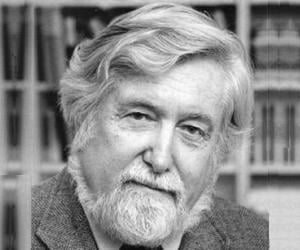
Clifford Geertz was an anthropologist who strongly supported and influenced the practice of symbolic anthropology. He attended Harvard University, where he completed an interdisciplinary program. He then embarked on an academic career and wrote several theoretical pieces and essays on symbolic anthropology. He has left a strong influence on modern anthropology and communication studies.
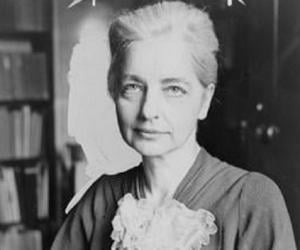
Ruth Benedict was an American folklorist and anthropologist. Benedict, who played an important role in the American Folklore Society, also served as the American Anthropological Association's president; the association gives away an annual prize named after Ruth Benedict. In 2005, she was made an inductee of the National Women's Hall of Fame.
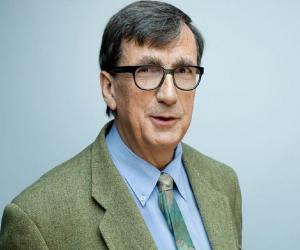
Holberg Prize-winning French sociologist and anthropologist Bruno Latour had initially studied theology and even received his PhD in the subject. His later research Ivory Coast drew him to anthropology, and he soon gained fame as a renowned academic in the field, having co-written iconic books such as Laboratory Life.
Jane Goodall is an English anthropologist and primatologist. Goodall's research proved that chimpanzees could use tools like stalks of grass to fish out termites from termite holes; this also challenged the long-held belief that chimpanzees were vegetarians. Goodall also discovered that chimpanzees are capable of emotions like sorrow and joy. Goodall is also credited with founding the Jane Goodall Institute.
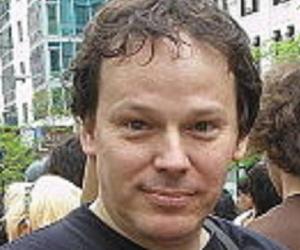
David Graeber, who was a well-known name in the fields of social and economic anthropology, is best remembered for his bestselling book Bullshit Jobs. A lifelong anti-capitalist, he spoke against bureaucracy and also led the Occupy movement. He died abruptly of necrotic pancreatitis, while vacationing in Venice.
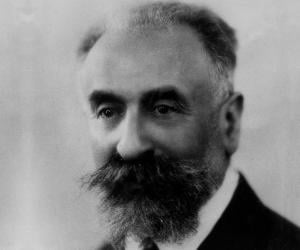
Sociologist and anthropologist Marcel Mauss is regarded as the Father of French Ethnology. Shunning his family business, he became influenced by his uncle, sociologist Émile Durkheim. His best-known work remains Essai sur le don, or The Gift. He also influenced Claude Lévi-Strauss, who founded structural anthropology.
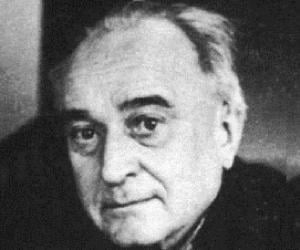
Social anthropologist E. E. Evans-Pritchard is best remembered for his research on witchcraft, magic, and African cultures. Apart from teaching anthropology at Oxford, his alma, he had also worked in South Sudan and penned books such as Witchcraft, Oracles and Magic Among the Azande. He was also knighted for his achievements.
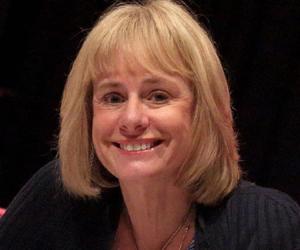
Kathy Reichs is a forensic anthropologist, academic, and crime writer. She has been certified by the American Board of Forensic Anthropology and is an adjunct professor of anthropology at the University of North Carolina. She is the author of numerous technical books and has also written many novels. She also produced the TV series Bones, based on her works.
Paul Farmer was a medical anthropologist and physician, who was a co-founder of Partners In Health (PIH), an international non-profit organization. He was a proponent of liberation theology and wrote extensively on health and human rights.
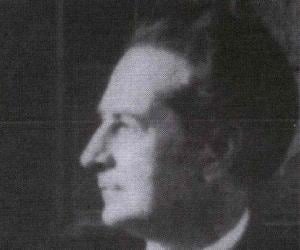
Best known for his work on the pre-industrialized societies, Alfred Radcliffe-Brown visited Andaman Island and Western Australia to study the social structure of the people there, later writing two important books on them. A renowned scholar, he taught at various preeminent universities across the globe before returning to England to establish the Institute of Social and Cultural Anthropology at Oxford.
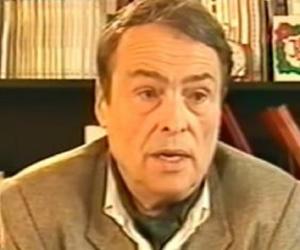
Renowned sociologist and intellectual Pierre Bourdieu is best remembered for his theory of habitus. Initially sent to Algeria as part of the French Army, he later taught and conducted ethnographic research there. His best-known work remains La Distinction, and he also inspired a hit French documentary.
Peruvian-American author and anthropologist Carlos Castaneda was born to unwed parents. He lived a mysterious life, and though believed to be married, he later denied the claim. An expert on shamanism, he was a disciple of sorcerer Don Juan Matus and later penned books such as The Teachings of Don Juan.
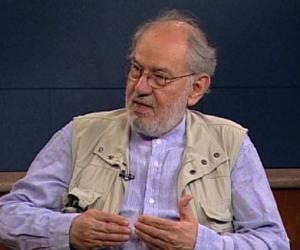
Sociocultural anthropologist and City University of New York professor Talal Asad is best known for his research on nomads, postcolonialism, and the culture of nations such as Sudan. He has also taught at the universities of Khartoum and Hull, and penned books such as On Suicide Bombing.
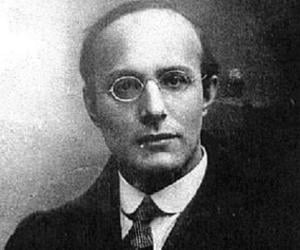
Apart from being a political economist, Karl Polanyi was also a prominent Hungarian political leader. The Great Transformation remains his best-known work. He taught at institutes such as the Columbia University and is known for proposing the idea of a cultural version of economics known as substantivism.
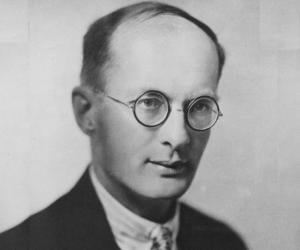
David Harvey is a Marxist economic geographer, podcaster, and a fellow of the British Academy. He is currently a distinguished professor of anthropology and geography at the Graduate Center of the City University of New York (CUNY). He has authored many books and essays and is one of the most cited authors of books in the humanities and social sciences.
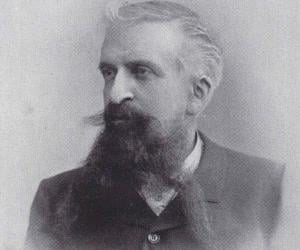
French social psychologist Gustave Le Bon is best remembered for his research on crowd psychology. In his iconic work La psychologie des foules, or The Crowd, he stated that people are driven by their emotions and not by their intellect when they act as part of a crowd.
Born to anthropologist parents, Richard Leakey initially worked as a safari guide. On an expedition to Ethiopia, he and his men stumbled upon Koobi Fora, a site where they unearthed numerous tools and fossils. The Kenyan paleoanthropologist later lost his legs in a plane crash and now uses artificial limbs.
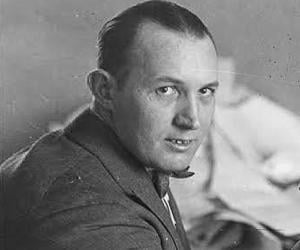
Robert Ripley was a cartoonist and an amateur anthropologist best known for creating the newspaper panel series Ripley's Believe It or Not! The series was later adapted for radio and TV. He lost his father when he was young and began working as a cartoonist at the age of 16. Over the years, he became extremely successful and wealthy.
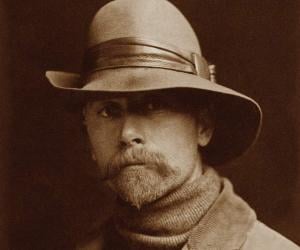
Edward S. Curtis was an American ethnologist and photographer whose work focused on the Native American people and American West. He is credited with photographing the first portrait of a Native American. Edward S. Curtis' work aimed at preserving the traditional life of Native Americans.
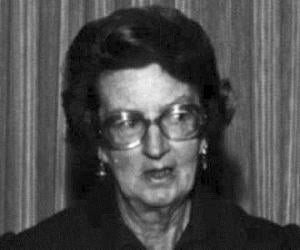
British paleoanthropologist Mary Leakey had exhibited her interest in drawing and archaeology as a kid. Most of her career was spent working alongside her husband, Louis Leakey. She was in charge of many excavation projects in Kenya. Her discoveries include the first Proconsul skull fossil and 15 new animal species.
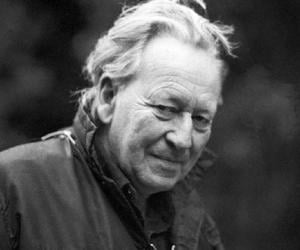
Gregory Bateson was an English anthropologist, social scientist, linguist, and visual anthropologist. Along with his colleagues, he developed the double-bind theory of schizophrenia. Also a cyberneticist, he was part of the core group of the Macy Conferences in Cybernetics. He was a member of philosopher William Irwin Thompson's esoteric nonprofit foundation Lindisfarne Association.
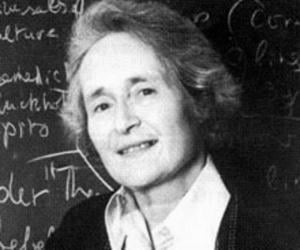
Best known for her book Purity and Danger, anthropologist Mary Douglas specialized in human culture and comparative religion. Initially employed with the British Colonial Office, she later worked with the matrilineal community of the Lele people of Kasai. She was known to be a devout Catholic.
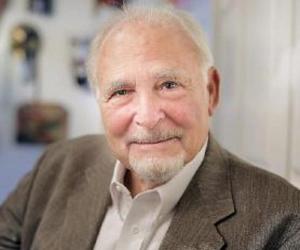
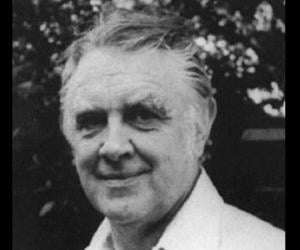
Best known for his work on symbols and rituals, British cultural anthropologist Victor Turner embarked on his lifelong study of the Ndembu people when as a young man he went to Zambia to work as a research officer. Spending his entire career studying rituals and rites of passage, he later applied them to world religion, publishing important works on them.
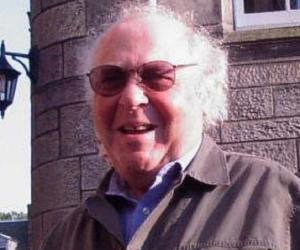
Born to a Russian immigrant doctor father in Chicago, Marshall Sahlins grew up to be one of the most celebrated cultural anthropologists of the world. The University of Chicago professor is also known for his books such as The Use and Abuse of Biology and Stone Age Economics.
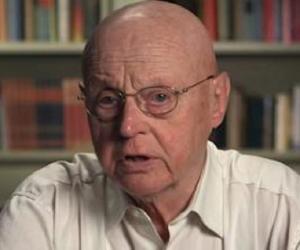
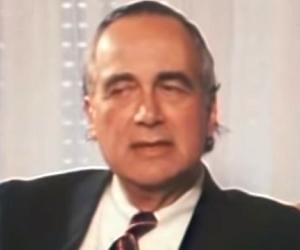
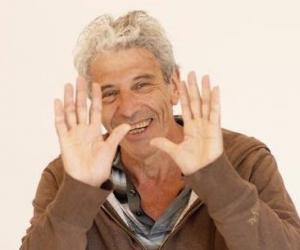
With a medical degree from University of Sydney and a PhD in anthropology from London School of Economics, Michael Taussig is famed for his provocative ethnographic studies and unconventional style of teaching. Best known for his commentaries on Karl Marx, especially in relation to the idea of commodity fetishism, he has also produced several well-researched works on medical anthropology. .
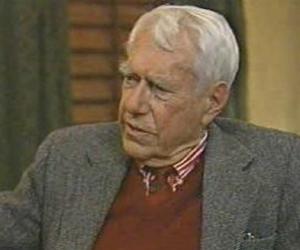
Edward T. Hall was an anthropologist and cross-cultural researcher best known for developing the concepts of proxemics, monochronic time, and polychronic time. He explored cultural and social cohesion in his research and described how people behave and react in different types of culturally defined personal space. Hall was a colleague of philosopher Marshall McLuhan and architect Buckminster Fuller.
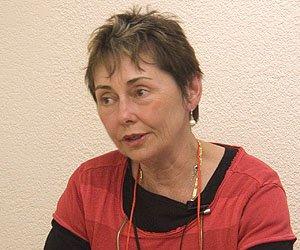
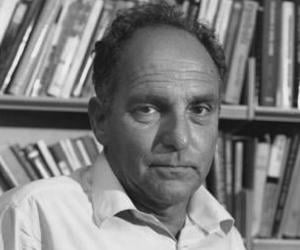
Ernest Gellner was a British-Czech philosopher and social anthropologist who was considered one of the leading theoreticians on nationalism. A prolific author, he was able to attract critical attention with his very first book, Words and Things, in which he fiercely attacked what he called linguistic philosophy. He eventually developed an interest in social anthropology, before turning his attention to nationalism.
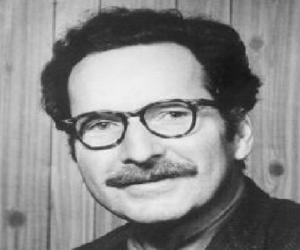
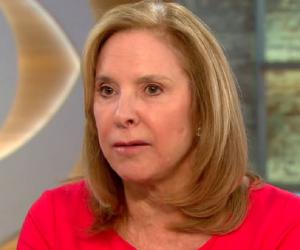
Best known for her research on the biological dynamics of love and sex, anthropologist Helen Fisher has also penned iconic self-help books such as Anatomy of Love and Why We Love. She has also worked with match.com, to develop a personality-based compatibility system and has been a TED speaker.
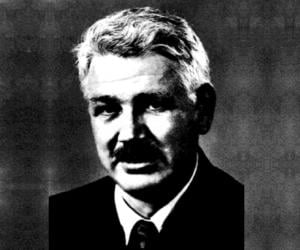
Carleton S. Coon was an anthropologist who originated several theories on race. He had a successful academic career and served as the president of the American Association of Physical Anthropologists. He was awarded the Viking Medal in Physical Anthropology. Even though he was a famous anthropologist of his time, his racial theories are dismissed as pseudoscientific in modern anthropology.
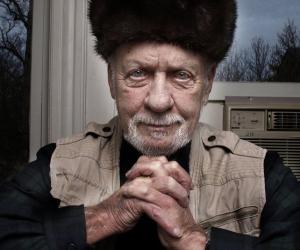
Napoleon Chagnon was a cultural anthropologist considered a pioneer of scientific anthropology. He did long-term ethnographic fieldwork among the Yanomamö indigenous people, in which he used an evolutionary approach to understand social behavior. This work received both praise and criticism, making him a controversial figure. He was elected to the National Academy of Sciences in 2012.
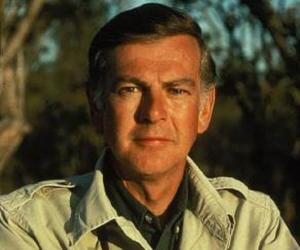
Donald Johanson is a paleoanthropologist. He collaborated with Yves Coppens and Maurice Taieb to discover the fossil of a female hominin australopithecine in the Afar Triangle region of Hadar, Ethiopia. This fossil was named “Lucy". As an academician, he established the Institute of Human Origins in Berkeley. He is the recipient of several awards and honors.
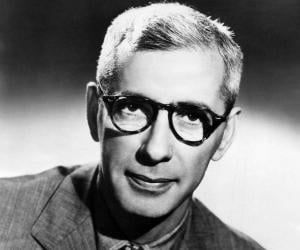
British-American anthropologist Ashley Montagu not only taught at Rutgers and The State University of New Jersey but also wrote UNESCO’s 1950 Statement on Race. He also dabbled in topics such as evolution and child care, and one of his best-known works is The Natural Superiority of Women.

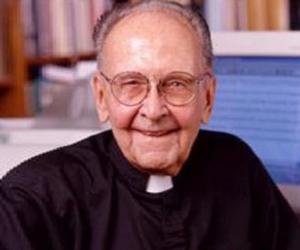
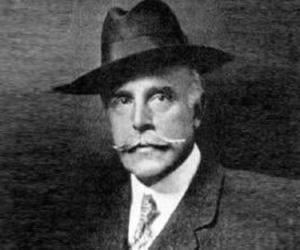
A lawyer and a zoologist, Madison Grant is best remembered for his belief in eugenics and white supremacy, which he expressed through his best-selling book The Passing of the Great Race. He played a crucial role in the passing of immigration regulations in the U.S. He was also an avid conservationist.

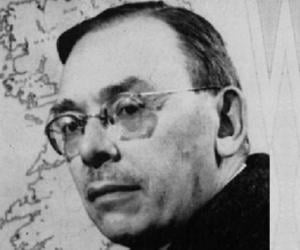
Earnest Hooton was a physical anthropologist. He worked extensively in the field of racial classification and used comparative anatomy to divide humanity up into races. He studied at the University of Wisconsin-Madison and took up a teaching career. A popular public figure, he was a co-founder of the American Association of Physical Anthropologists. He also published poems and drawings.
